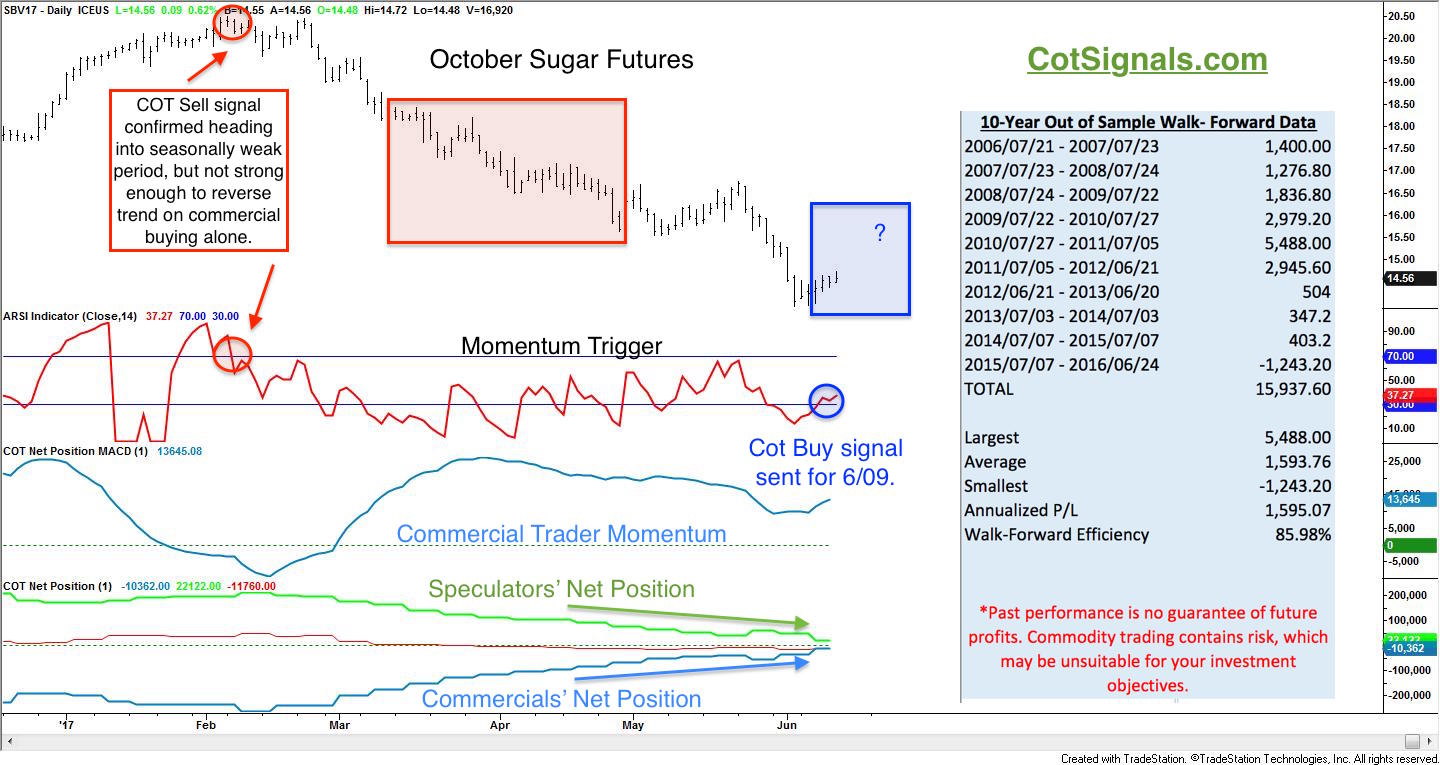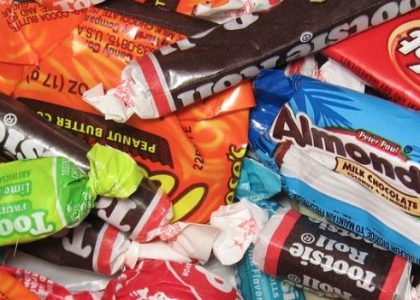We apologize for the radio silence of late but, we've been working on new research that should increase the efficiency of our Commitment of Traders commodity trading program substantially. Furthermore, based on our speculative results over the last six months, we needed to reassess market volatility in the Trump era. We think the October sugar futures are providing a great example of the market behavior we've been modeling based on the age old adage, "Which came first, the chicken or the egg?"
First, let's substitute commercial trader behavior and commodity market seasonality for the chicken and egg. The commercial traders, as listed in the Commitments of Traders report are those who actively engage in the direct production or, processing of a given commodity. Their hands are directly in the markets, which is one of the major reasons we track their actions so closely. We all understand the principles of seasonality in the agricultural markets. We want to determine if the commercial traders' behavior is predictive or, reactive to a given market's seasonality.
Second, we must understand that we are speculators. Therefore, we must quantify risk. This isn't merely an academic study. The data in the table assumes a six percent protective stop. This is about $1,000 with October sugar futures at $.1450 per/lb. This risk is more than acceptable in today's commodity markets.
Third, we must know when to take our chips off the table and cash out. As a former floor trader, I'm proud of the personal growth in myself that has allowed me to extend my holding period from a couple of minutes to as long as a couple of weeks. Veteran tip, success means finding a method that suits the traders' psyche as much as it does positive performance tables. We believe that the markets have become more volatile over the last six months and we feel this volatility will persist in the coming years. Therefore, we constructively paired down our days in the market to achieve greater trading efficiency.
Now, let's look at the chart below and see how this analysis plays out in real-time via the October sugar futures. The sugar market began this year with a rally. This rally precipitated commercial producer selling, which we outlined as one of the reasons for a spring-time short position in, "Top Down Guidance in the Sugar Market," January 19th, 2017. In fact, sugar producers dominated the commercial position, forcing it further into negative territory every week through Valentine's Day as they anticipated seasonal weakness that typically begins in early March. This setup worked out well for the discretionary COT sell signal issued February 8th but not so well for the buy signals published on March 22nd or, April 6th. Fortunately, the losses were small as the corresponding protective sell stops were 19 and 53 points from the entry prices. Most importantly, our recent work should help prevent the March and April losers as measurable seasonal influences are taken into consideration.
This brings us to the shift in the commercial traders' behavior beginning in March. Notice that the sugar processors began to take control of the net commercial position as they stepped in to purchase future deliveries at bargain prices. In fact, commercial processors have added to their net position total every week but one since the end of February, which brings us to the current situation.

Finally, notice that the recent decline had forced the market into oversold territory in the face of positive commercial trader momentum. Swing highs and lows are still determined by the battle between commercial and speculative traders. These conflicts typically resolve in the direction of the commercial traders' momentum. The bigger the conflict becomes, the greater the pending reversal will be. This trigger has served us well for years and uses the same inputs across all of the markets we cover.
The table contains the out of sample walk-forward results of the current June, setup in the October futures contract over the last ten years. While we can't disclose all the secrets, and we know we haven't answered the "chicken or the egg" question, we have drawn a more narrow focus on a repeatable premise. We've built some rather in-depth spreadsheets over the last month and consulted with some of the brightest people I know. After all, this is my trading as well.
Stay tuned for further developments at CotSignals.com.






